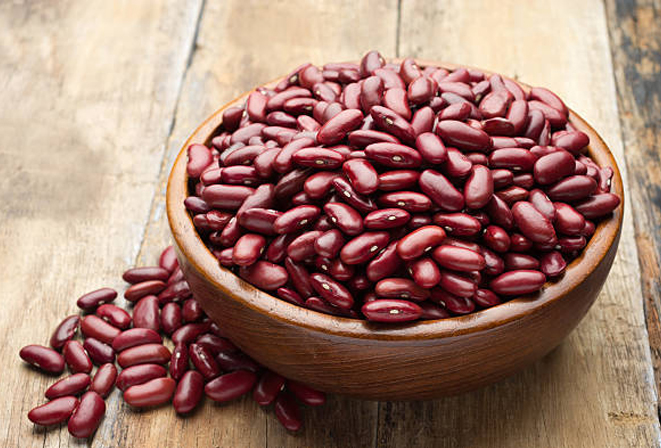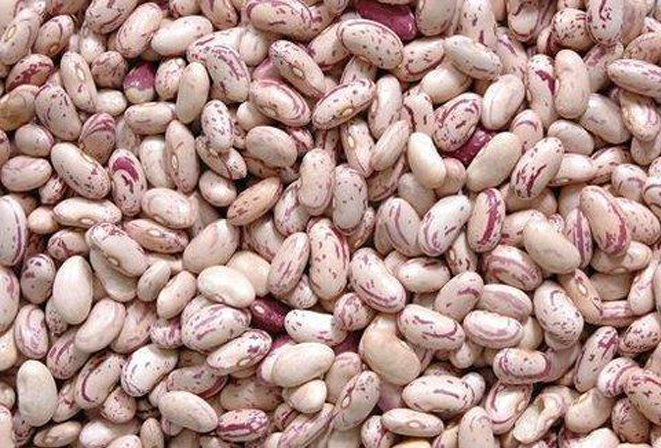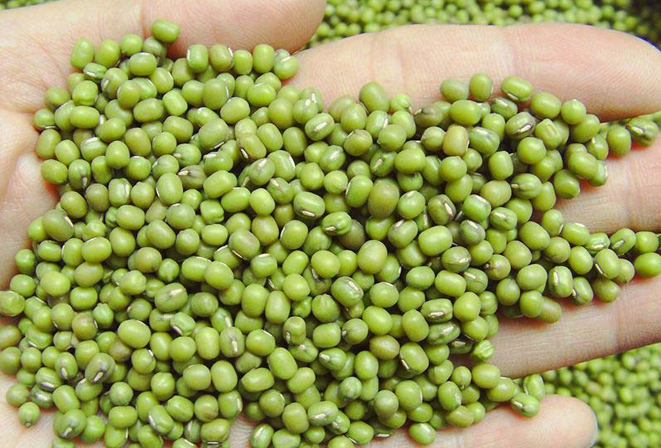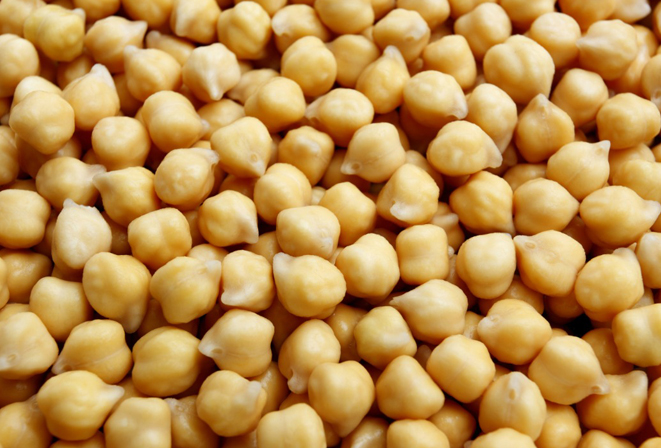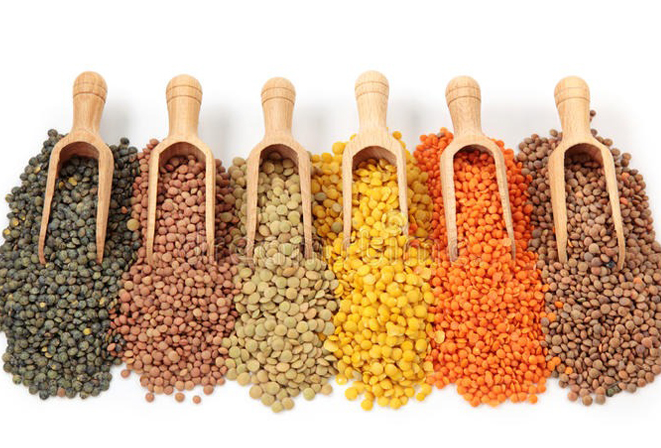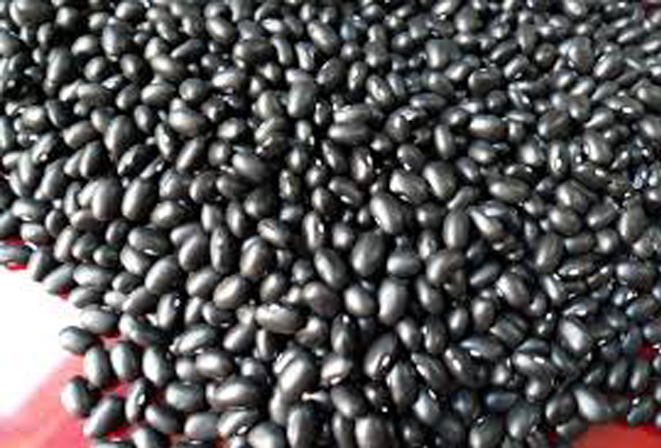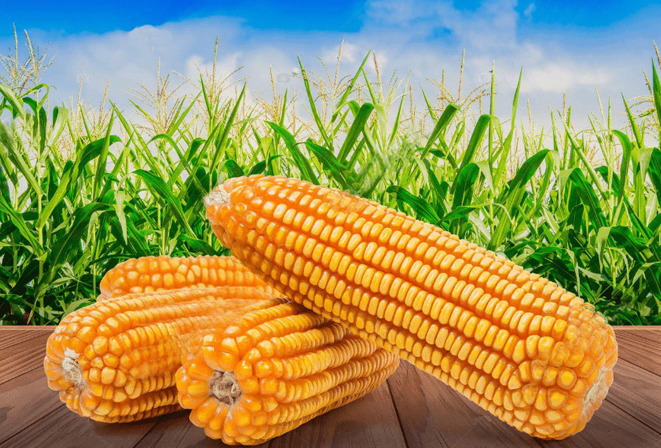Red Kidney Beans
Kidney Beans are reddish and brown in color. Like the name these are Kidney Shaped Pulses. Their flesh is soft and creamy. These are available in dried and canned form. These are used in mixed bean salads, stews and polished red kidney beans are used in simmered dishes and these beans have good tendency of absorbing flavors of seasoning and other foods together which these are cooked.
Specification of Red Kidney Beans
| Properties | Grade 1 | Grade 2 | Grade 3 | Grade 4 |
|---|---|---|---|---|
| Foreign Matter | Max. 0.2% | Max. 0.5% | Max. 1.0% | Max. 1.5% |
| Contrasting Seed | Max. 0.2% | Max. 0.5% | Max. 1.0% | Max. 2.0% |
| Under Size Seed | Max. 1.5% | Max. 3.0% | Max. 4.0% | Max. 5.0% |
| Weevilled Seeds | Max. 2.0% | Max. 3.0% | Max. 5.0% | Max. 8.0% |
| Badly Damaged Beans | Max. 1.5% | Max. 3.0% | Max. 4.0% | Max. 5.0% |
| Split Seed | Max. 2.0% | Max. 3.0% | Max. 5.0% | Max. 8.0% |
| Broken | Max. 2.5% | Max. 3.5% | Max. 5.0% | Max. 8.0% |
| Moisture Content | Max. 14% | Max. 14% | Max. 14% | Max. 14% |
| Impurities | Max. 6.2% | Max. 10.0% | Max. 15.0% | Max. 22.5% |
| Purity | 93.8% | 90.0% | 85.0% | 77.5% |

